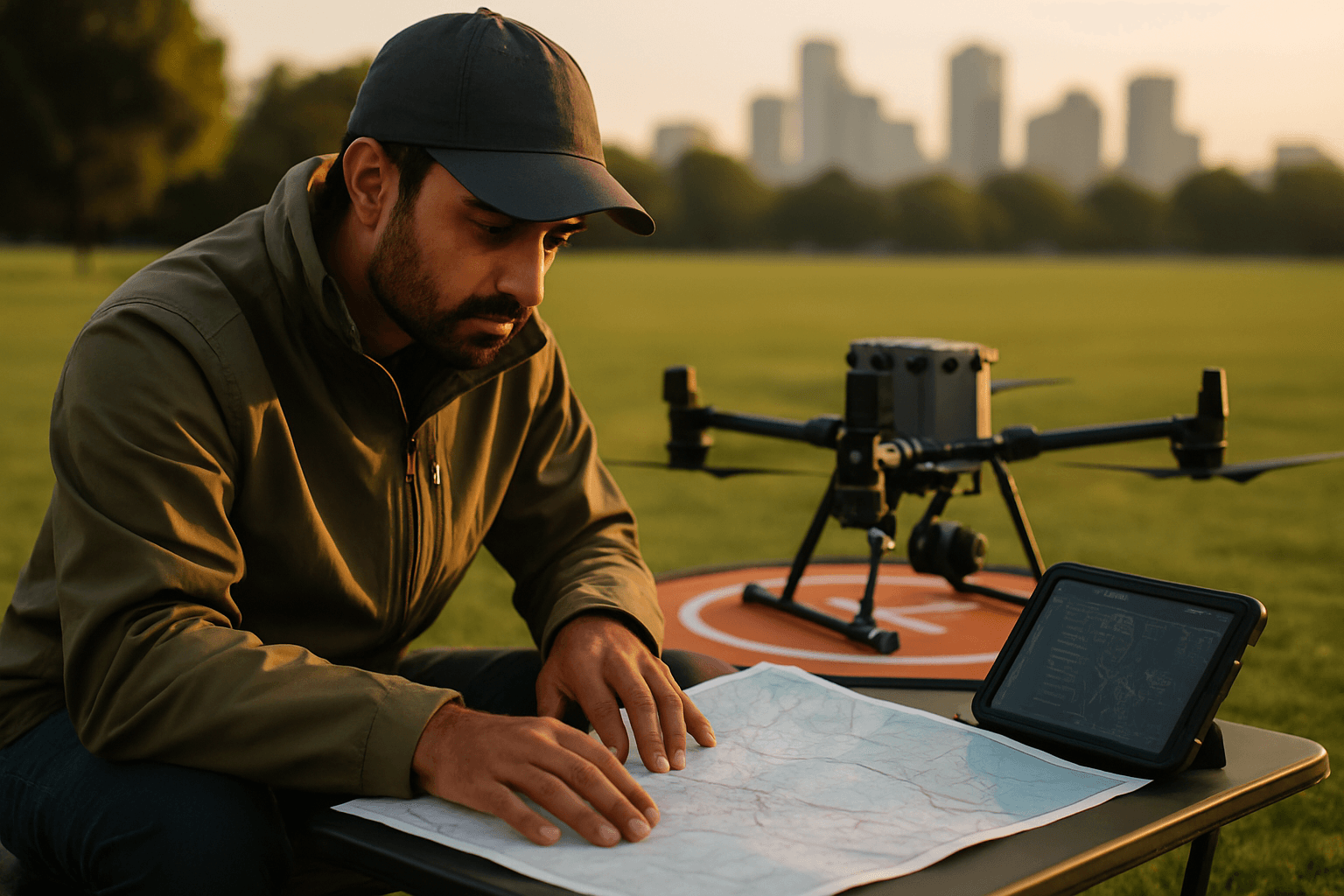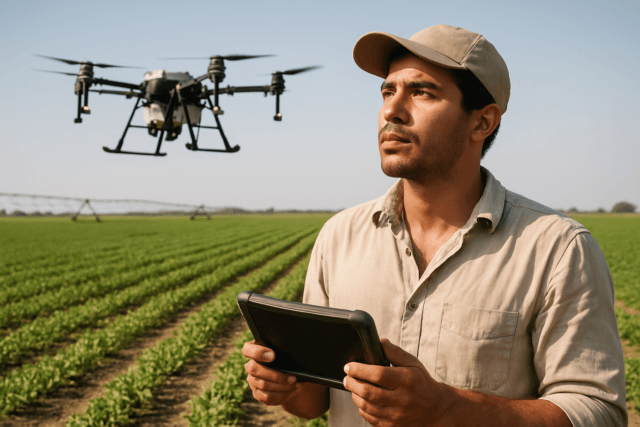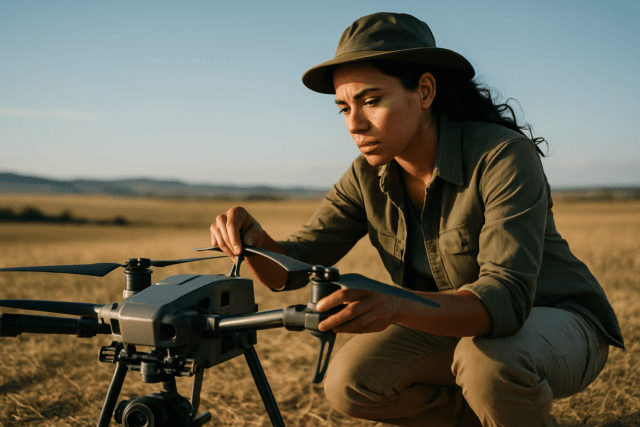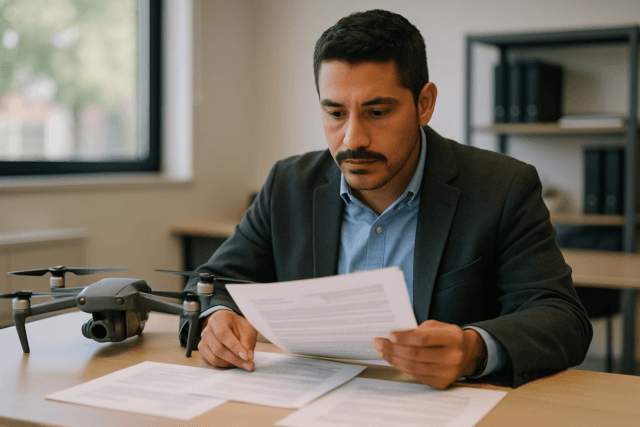The sky is no longer exclusively for birds and manned aircraft. Unmanned Aerial Vehicles (UAVs), commonly known as drones, have revolutionized industries from agriculture to filmmaking, with commercial drone photography leading the charge in capturing stunning, unique perspectives. However, this burgeoning field comes with a complex web of legal regulations designed to ensure safety, security, and privacy. Understanding these rules is not just about compliance; it’s about responsible operation and maintaining the industry’s integrity.
Whether you’re an aspiring aerial photographer or an established media company, navigating the legal landscape of commercial drone photography is paramount. This guide will delve into the essential regulations, certifications, and operational considerations across key international jurisdictions, helping you to operate legally and ethically.
The Global Regulatory Landscape for UAVs
Drone laws vary significantly by country and region, reflecting diverse approaches to airspace management, privacy, and public safety. Major regulatory bodies like the Federal Aviation Administration (FAA) in the United States, the European Union Aviation Safety Agency (EASA), and the Civil Aviation Authority (CAA) in the UK set the overarching frameworks.
United States: Federal Aviation Administration (FAA) Part 107
In the United States, commercial drone photography falls under the FAA’s Small Unmanned Aircraft System (sUAS) regulations, primarily governed by Part 107. Any flight that promotes a business or is done for payment is considered commercial.
Key Requirements for Commercial Drone Pilots (Part 107)
- Remote Pilot Certificate: To operate a drone commercially, pilots must obtain a Remote Pilot Certificate by passing an FAA Aeronautical Knowledge Test. This certification ensures the pilot understands airspace rules and safe drone operation. Pilots must be at least 16 years old, able to read English, and pass a Transportation Security Administration (TSA) background check.
- Drone Registration: All drones weighing between 0.55 pounds (250 grams) and 55 pounds (25 kilograms) must be registered with the FAA. Commercial drones, regardless of weight, must be registered. The registration costs $5 and is valid for three years.
- Operational Limitations: Part 107 outlines strict operational rules for commercial drone pilots:
- Altitude: Flights must remain at or below 400 feet above ground level (AGL).
- Visual Line of Sight (VLOS): The drone must remain within the pilot’s or a visual observer’s unaided visual line of sight at all times.
- Daylight Operations: Flights are generally restricted to daylight hours, though night operations are permitted with specific training and authorization.
- Speed: Drones must fly at or below 100 mph (87 knots).
- Over People/Vehicles: Generally, flying over people or moving vehicles is prohibited unless specific conditions are met or waivers are obtained. Amendments in 2020 have clarified rules for operations over people and moving vehicles.
- Airspace: Pilots must obtain authorization before flying in controlled airspace.
- Responsibility: The remote pilot in command (PIC) is ultimately responsible for the safe operation and compliance with all Part 107 regulations.
Europe: European Union Aviation Safety Agency (EASA)
Since December 31, 2020, EASA regulations provide a harmonized framework for drone operations across EU member states, emphasizing risk-based categories rather than distinguishing solely between private and commercial use.
EASA Drone Categories and Requirements
EASA classifies drone operations into three main categories based on risk:
- Open Category (Low Risk): This covers most recreational and small commercial drone operations with minimal risk to people and property.
- Subcategories (A1, A2, A3): These subcategories dictate proximity to people and areas. For example, A3 requires flying far from people and at least 150 meters from residential, commercial, industrial, and recreational areas.
- Registration: All drones weighing over 250 grams or equipped with a camera must be registered, and operators receive an Operator-ID. This ID must be displayed on each drone.
- Pilot Competency: Pilots need to complete training and obtain certifications, which may involve online theory tests and practical assessments depending on the drone’s weight and operational category.
- Altitude and VLOS: Drones must stay below 120 meters (approximately 400 feet) AGL and maintain visual line of sight.
- Night Flying: Generally allowed in the Open Category with required navigation lights.
- Specific Category (Medium Risk): Applies to operations outside the Open category, requiring an operational risk assessment and authorization from the national aviation authority. These are typically for more complex commercial operations.
- Certified Category (High Risk): Reserved for high-risk operations, such as transporting passengers or hazardous goods, and requires certification of the drone, operator, and pilot.
United Kingdom: Civil Aviation Authority (CAA)
In the UK, the Civil Aviation Authority (CAA) governs drone usage. Similar to EASA, UK regulations have evolved to focus on risk.
UK Commercial Drone Regulations
- Operational Authorization (PfCO/GVC/A2 CofC): Commercial operators in the UK historically required a Permission for Commercial Operations (PfCO). While the PfCO has been largely replaced by EASA-aligned certifications like the A2 Certificate of Competency (A2 CofC) and the General Visual Line of Sight Certificate (GVC) since January 2021, the principle remains: commercial operators need specific authorization. This involves passing exams and practical tests.
- Registration: Drone operators must register their drones and obtain a Flyer ID (after an online theory test) and an Operator ID (annual fee). Drones under 250g with a camera still require operator registration.
- Flight Restrictions:
- Altitude: Maximum altitude of 400 feet (120 meters).
- Distance from People/Property: A minimum distance of 50 meters from uninvolved people, vehicles, and buildings is typically required, especially for drones over 250g.
- No-Fly Zones: Restrictions apply around airports, military installations, and national parks.
- Insurance: Public liability insurance is mandatory for commercial drone operations in the UK.
Privacy and Data Protection in Drone Photography
Beyond aviation safety, commercial drone photography raises significant privacy concerns. Capturing images or videos can inadvertently (or intentionally) infringe on individuals’ rights to privacy, especially when flying over private property.
Key Privacy Considerations
- Reasonable Expectation of Privacy: Laws in various countries protect individuals’ “reasonable expectation of privacy.” This applies particularly to private spaces like backyards, homes, and offices, even if they are visible from the air.
- Consent: Obtaining explicit permission is crucial when filming or photographing individuals or private property, especially if the footage will be sold or used for profit. In some states in the U.S., recording people without consent can lead to trespassing charges or invasion of privacy lawsuits. The Data Protection Act and GDPR in the UK and EU further reinforce the need for consent for identifiable images.
- Transparency: Informing communities and property owners when drone filming is taking place, especially in populated areas, helps build trust and mitigate concerns about surveillance.
- Local and State Laws: While federal aviation authorities manage airspace, state and local laws often impose additional restrictions on drone flights over private property and address privacy violations. It is critical for drone operators to check specific privacy rules in their operating areas.
- Ethical Guidelines: Adhering to ethical guidelines, such as avoiding flights over private properties or capturing images of people without consent, is vital for maintaining public trust.
Consequences of Non-Compliance
Failure to adhere to drone regulations can result in severe penalties, including fines, confiscation of equipment, and even criminal charges in serious cases. Unauthorised flights also pose significant safety risks to manned aircraft, property, and individuals on the ground. Regulatory bodies consistently monitor and enforce these rules, and continuous updates to legislation are expected as drone technology evolves.
Conclusion: Responsible Commercial Drone Photography
The burgeoning field of commercial drone photography offers unparalleled creative and practical possibilities. However, unlocking its full potential responsibly hinges on a thorough understanding and strict adherence to legal regulations. From obtaining the necessary pilot certifications and registering your drone to respecting airspace restrictions and, critically, safeguarding individual privacy, every commercial drone operator has a responsibility to operate safely, ethically, and lawfully. By staying informed about the evolving regulatory landscape in their specific operating regions, drone photographers can ensure their operations are both compliant and successful, contributing to a positive public perception of UAV technology.





